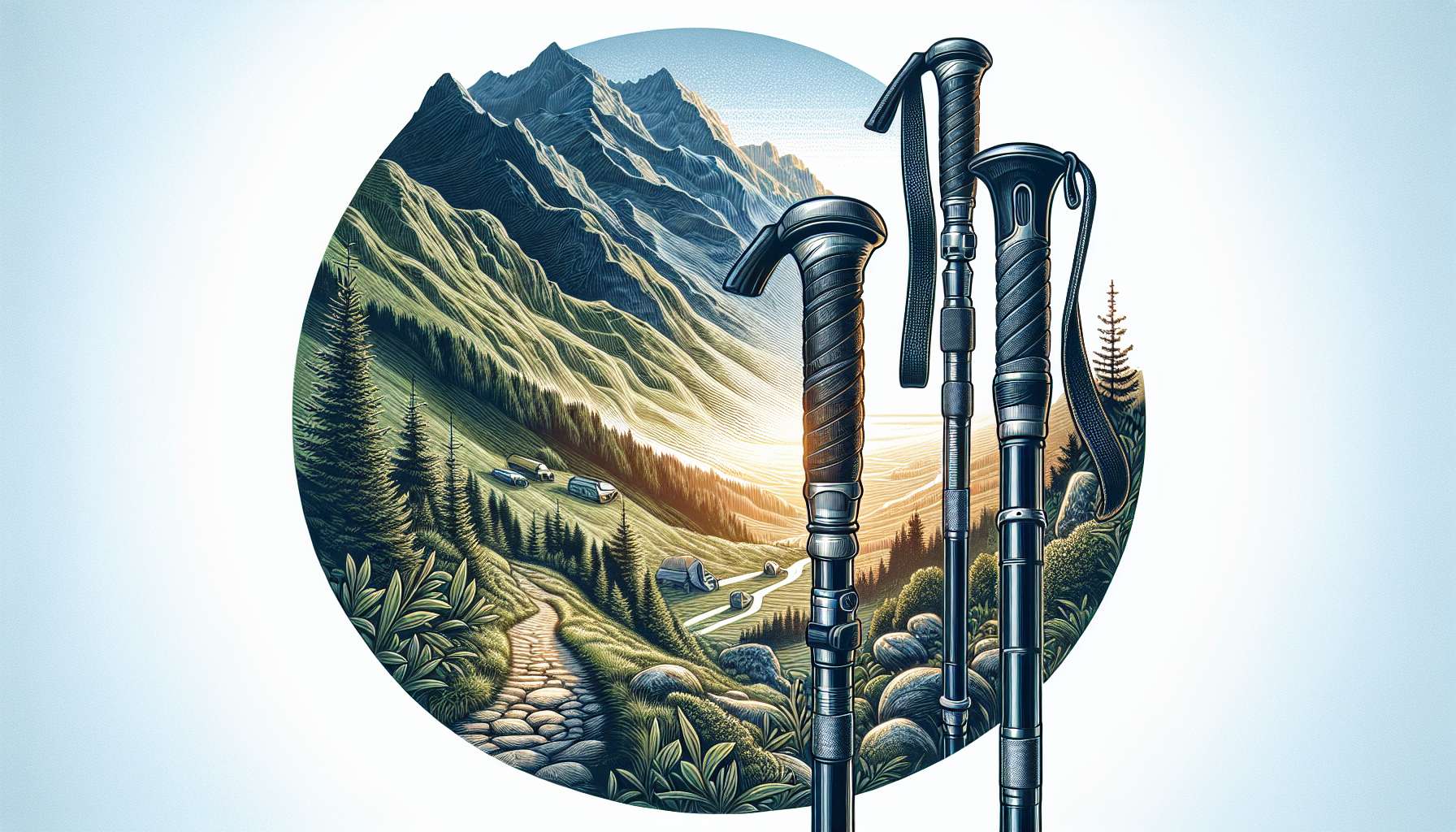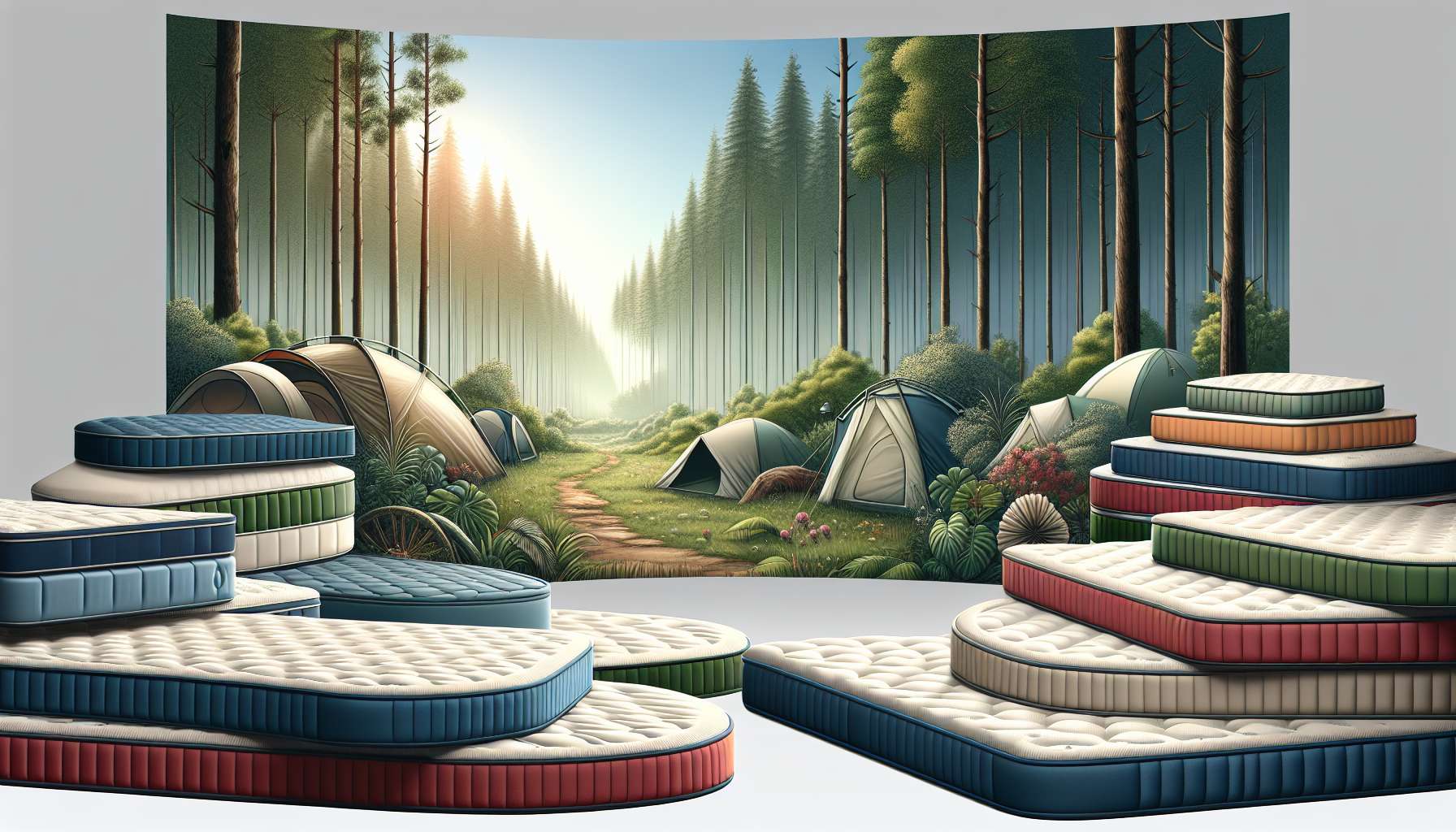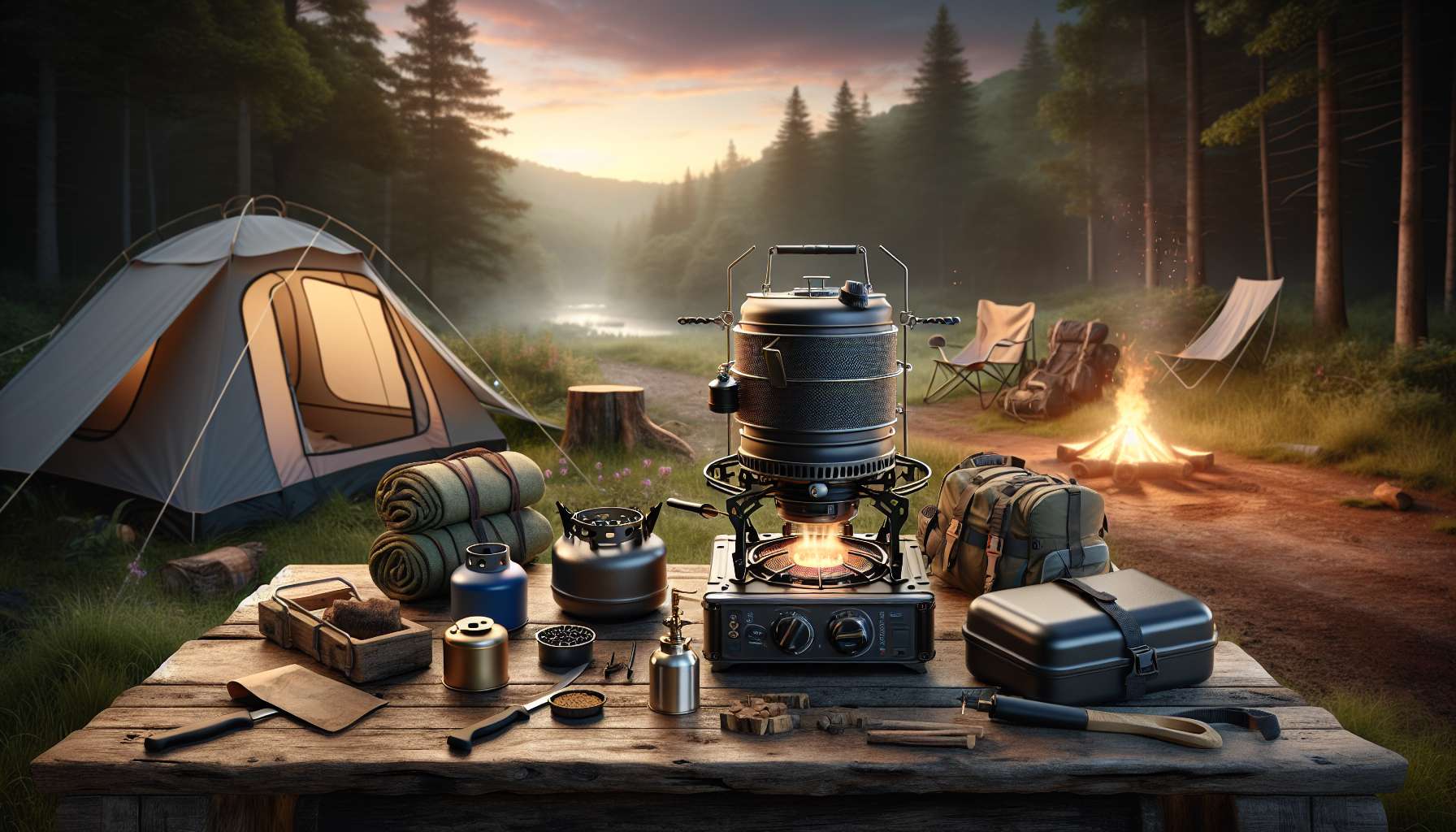The Ultimate Guide to Trekking Poles: Exploring the Benefits, Types, and Techniques
Have you ever considered the impact that a simple tool like trekking poles can have on your hiking or backpacking experience? These versatile pieces of equipment are not just for the seasoned mountaineer but can enhance the hiking experience for beginners and experts alike. In this comprehensive guide, we will delve into the world of trekking poles, exploring their benefits, types, and techniques to help you make the most of your outdoor adventures.
The History of Trekking Poles
Trekking poles, also known as hiking poles or walking sticks, have been used for centuries by various cultures around the world. In ancient times, people used sticks or branches to aid in walking and climbing, providing stability on uneven terrain. The modern trekking pole, as we know it today, has evolved from these humble beginnings, with advancements in materials and design making them lightweight, durable, and adjustable.
One of the earliest documented uses of a trekking pole dates back to the early 19th century when a Scottish naturalist named Robert Macfarlane used a walking stick to aid in his explorations of the Highlands. Since then, trekking poles have become a staple accessory for hikers, backpackers, and outdoor enthusiasts of all levels.
The Benefits of Using Trekking Poles
There are numerous benefits to incorporating trekking poles into your hiking routine. One of the primary advantages is the added stability and balance they provide, especially on challenging terrain such as steep inclines, loose rocks, or slippery surfaces. By using trekking poles, you can distribute your weight more evenly, reducing the strain on your legs and joints and preventing falls or injuries.
Additionally, trekking poles can help improve your posture and reduce fatigue by engaging your upper body muscles and taking some of the strain off your lower body. They can also increase your walking speed and efficiency, allowing you to cover more ground with less effort. Overall, trekking poles can enhance your hiking experience by making it more comfortable, safe, and enjoyable.
Types of Trekking Poles
When it comes to choosing trekking poles, there are several different types and designs to consider. The two main categories of trekking poles are adjustable and non-adjustable poles, each with its own set of advantages and disadvantages.
Adjustable Trekking Poles
Adjustable trekking poles are the most common type and offer the flexibility to customize the length of the poles to suit your height and the terrain you are hiking on. These poles typically have telescopic shafts that can be extended or collapsed to adjust the length, allowing you to adapt to changing inclines or trail conditions. Adjustable trekking poles are versatile and can be used for a variety of activities, from day hikes to multi-day backpacking trips.
Non-Adjustable Trekking Poles
Non-adjustable trekking poles, also known as fixed-length poles, have a set length that cannot be changed. While they lack the customization options of adjustable poles, non-adjustable poles are often lighter and more durable, making them a popular choice for ultralight backpackers and minimalist hikers. These poles are designed for specific purposes and are ideal for those who prioritize weight savings and simplicity.
Techniques for Using Trekking Poles
Proper technique is essential when using trekking poles to maximize their benefits and avoid strain or injury. Here are some key techniques to keep in mind when using trekking poles:
Correct Grip
Hold the poles with a relaxed grip, allowing your wrists to move freely as you walk. Your hands should be slightly in front of your body, and your elbows should be at a 90-degree angle. Make sure the pole straps are adjusted to fit snugly around your wrists to prevent slippage.
Planting the Poles
Plant the poles slightly ahead and to the side of your body, using them to support your weight as you walk. The poles should create a natural rhythm with your steps, helping you maintain balance and stability on uneven terrain. Adjust the length of the poles as needed to ensure a comfortable and efficient stride.
Ascending and Descending
When ascending steep inclines, shorten the length of the poles and use them to push off the ground with each step. This will help you power up the hill and reduce the strain on your legs. When descending, lengthen the poles and plant them firmly to provide support and stability on steep downhills.
Expert Opinions on Trekking Poles
According to renowned mountaineer and outdoor expert, Reinhold Messner, trekking poles are an essential tool for hikers and mountaineers of all levels. Messner, known for his solo ascents of some of the world’s highest peaks, emphasizes the importance of proper technique and equipment in the mountains. He believes that trekking poles can significantly improve stability, balance, and endurance, making them a valuable asset for any outdoor enthusiast.
Common Misconceptions About Trekking Poles
One common misconception about trekking poles is that they are only necessary for older or less experienced hikers. In reality, trekking poles can benefit hikers of all ages and skill levels, providing added stability and support on challenging terrain. Another misconception is that trekking poles are bulky and cumbersome to carry. With advancements in materials and design, modern trekking poles are lightweight, compact, and easily collapsible, making them convenient to pack and transport.
Conclusion
To wrap things up, trekking poles are a valuable tool for hikers and outdoor enthusiasts looking to enhance their hiking experience. Whether you are navigating rocky trails, crossing streams, or trekking up steep mountains, trekking poles can provide added stability, balance, and support, making your journey safer and more enjoyable. By choosing the right type of poles, mastering proper techniques, and incorporating expert advice, you can make the most of your outdoor adventures with the help of trekking poles.
So, the next time you hit the trails, consider bringing along a pair of trekking poles to help you conquer any challenge that comes your way. Happy hiking!




